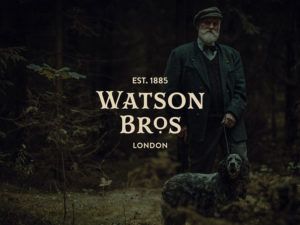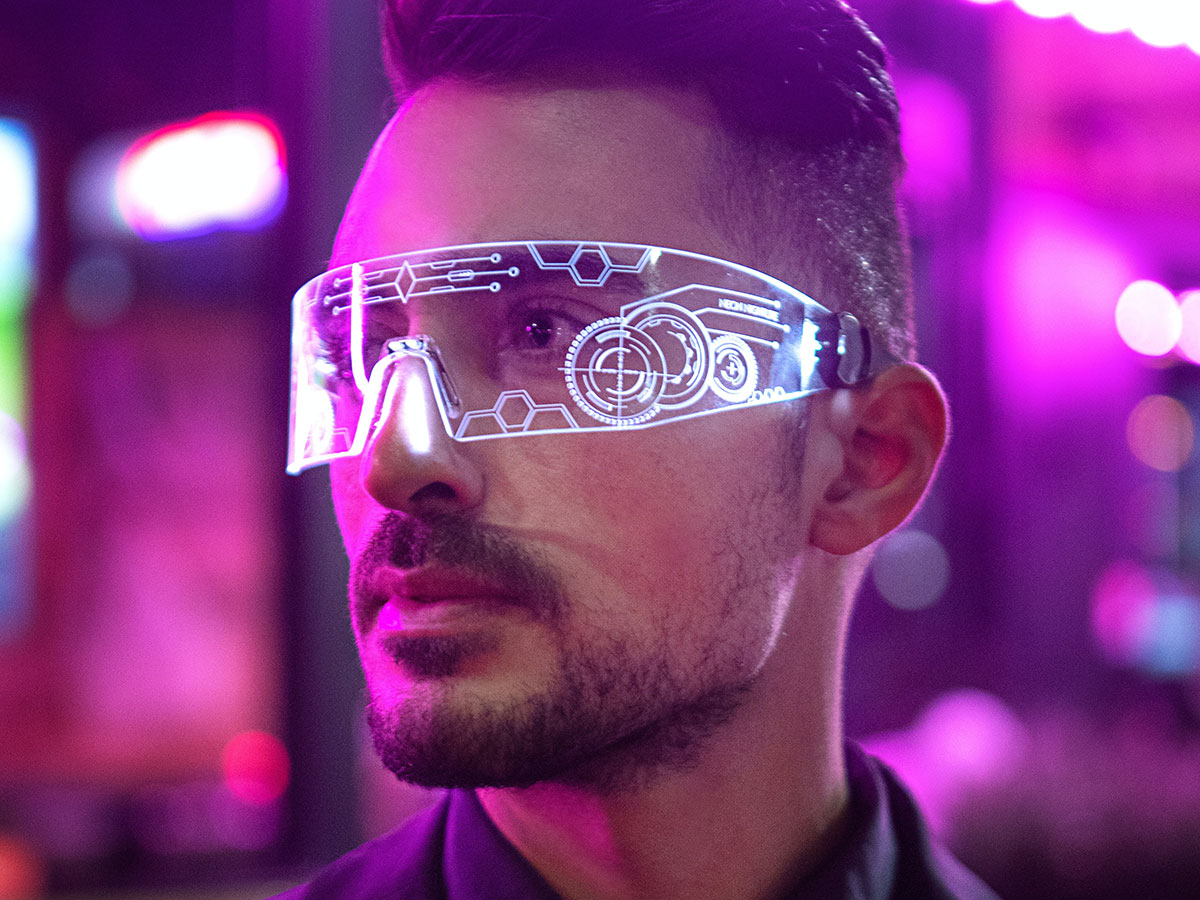Do you ever think about what your brand should be or should look like and feel like in the next two years, three years, five years, or even 10 years? Most businesses, most business owners, and most smaller brands don’t really think about that. But it is very fundamental to look at the future when it comes to brand management because brand management is about the development of the perception of your target audience in terms of your brand.
It’s not just about your products or your services. It’s not even about your customer service or brand identity visuals, your website, and things like that. This is about an overall vision. Even at the personal level, most people don’t sit down periodically and assess what’s going on in their lives. Where are they? Where have they come from? And where are they heading? Most people don’t do that because it is a very difficult exercise. You need to look at your flaws and your attributes. You need to be able to face the possibility that a lot of the things you’re doing may not be the right things or the right way of doing things. The same goes for brands. Your marketing might be inconsistent. Your brand story may be inconsistent with your brand values and your products and services may not be aligned at all with your brand story. There are a lot of variables and without evaluating, without sort of taking a look periodically doing a brand audit, and also without thinking about the future, it’s going to be tough for your brand to actually go to the blue ocean.
To break through, to leave your competition behind, and to stop looking at your competition without this kind of forward-thinking vision, is going to be difficult.
So how do you do it? How do you think about the future?
First of all, you need to look at your brand story, not your origin story – your origin story is how your brand came about what you did. It has a place in your brand development and your brand marketing. But a brand story is a story that communicates who your brand is, what your brand is, what you’re all about to your target audience, and aligns with their worldview.
 Case Study: Check out this detailed case study of one of our clients for whom we had created a robust brand story and then translated that into a compelling visual identity. Communicating your brand story effectively will do wonders for your bottom line. Check out this case study.
Case Study: Check out this detailed case study of one of our clients for whom we had created a robust brand story and then translated that into a compelling visual identity. Communicating your brand story effectively will do wonders for your bottom line. Check out this case study.
How would your brand story make sense in two years’ time? You need to keep a very close eye on what’s happening with your customers. Wow is the pandemic affecting your customers? How are global events affecting customers? What about innovation within your market segment? What about new companies coming with new products, new services, and alternate products? What if the problem your brand solves actually disappears? These are the things you need to look at.
You need to start with your customer archetype and buyer persona. I suggest you read the series I wrote on archetypes. I talk about all the different 12 different types of archetypes, what their attributes are, and how to identify your audience and how to match them with the kind of archetypes. Once you keep an eye on that, you can then sort of look at your brand story and say, does my brand story makes sense? Your origin story is not going to change but your brand story can change and should change depending on what’s happening with your target audience because the aim is to always align with your target audience worldview.
So today, sit down, think through, take a look at your brand. Even if it’s a one-person brand – even if you just have a few clients or just starting out, sit down, think through, identify the archetype. Identify what’s going on with your target audience, your customer segment, your buyer personas. It’s not always about your service or your product. It’s not about your competition. It is about your buyers and their worldviews, their mindsets, their psychology.
The psychology of your customers is the single most important thing that determines the success of your brand, the revenue, and the profits.

